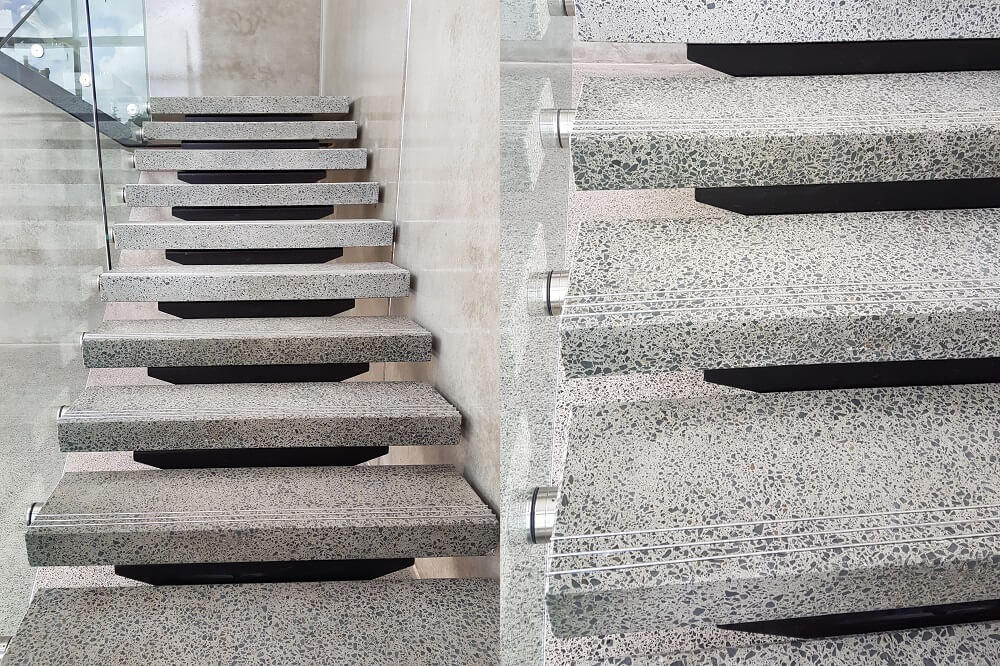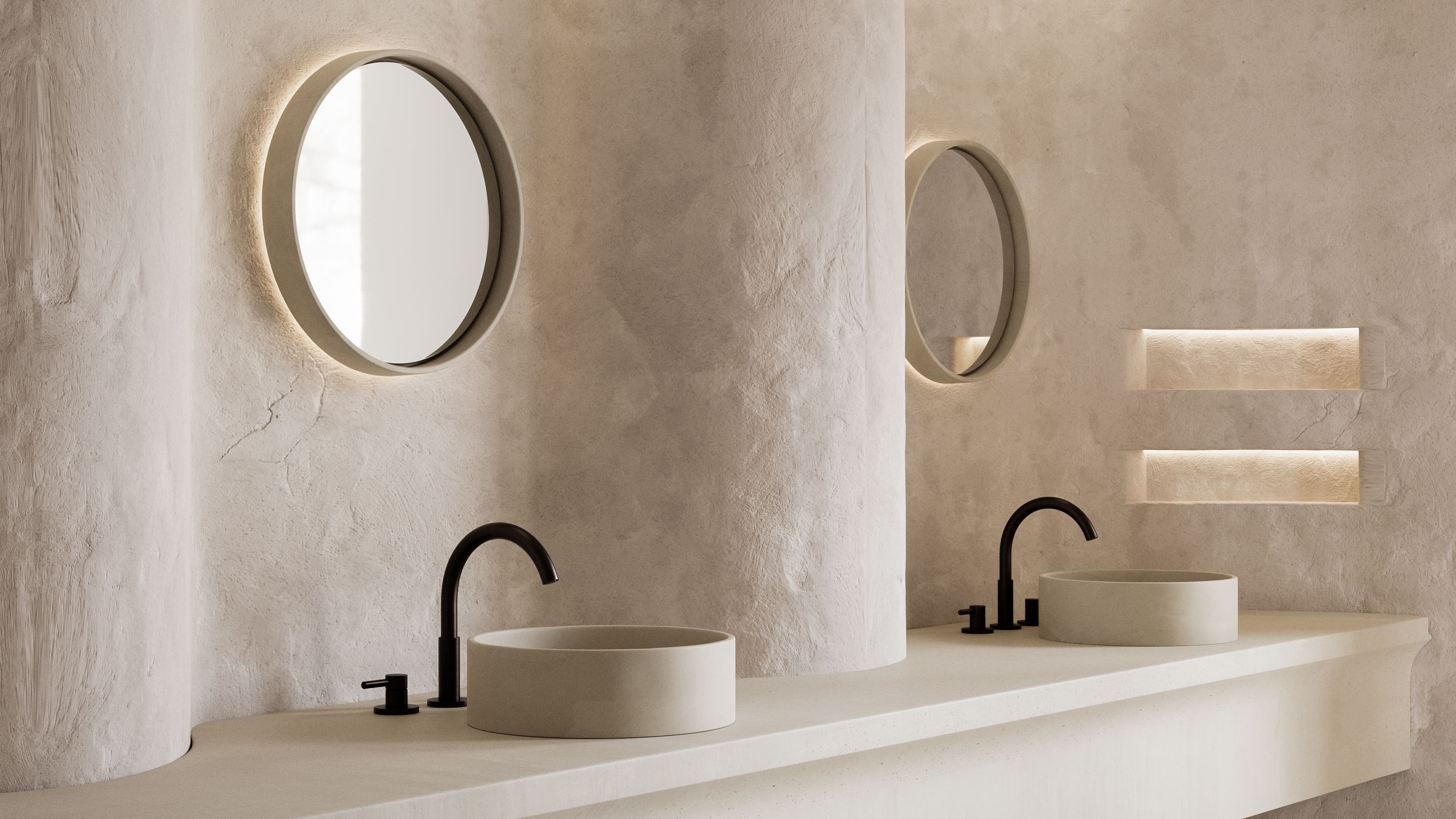The Resilience and Style of Concrete Sidewalks
Past their durability, concrete sidewalks use a canvas for imaginative design and modification, elevating the total look of a community or industrial area. As we explore the intricate details of concrete sidewalks, it becomes evident that their sophistication goes beyond simple functionality, making them an interesting topic of consideration for both specialists in the industry and lovers alike.

Advantages of Concrete Sidewalks
Enhancing pedestrian safety and aesthetics, concrete sidewalks provide a visually appealing and durable solution for rural and urban landscapes. Unlike some alternative materials that may deteriorate over time, concrete walkways have a long lifespan, requiring minimal maintenance.
Additionally, concrete sidewalks are very versatile in regards to layout. They can be tailored to match the surrounding atmosphere, whether it be with different colors, structures, or patterns. This versatility allows for creative freedom in urban planning and landscaping projects, enhancing the total aesthetic appeal of the area.
Moreover, concrete pathways are known for their low environmental effect. Concrete is a lasting product that can be recycled, decreasing waste and adding to environmentally friendly construction techniques. By picking concrete walkways, communities can focus on both visual charm and environmental responsibility in their infrastructure tasks.
Layout Options for Sidewalks
When taking into consideration style options for pathways, it is crucial to focus on both performance and visual charm in urban preparation and landscape design jobs. Click Here. There are numerous style choices offered to improve the aesthetic charm and capability of walkways

An additional option is exposed aggregate concrete, where the leading layer is gotten rid of to reveal the aggregate underneath, developing a aesthetically interesting and textured surface that likewise uses excellent slip resistance. - Concrete Contractor
Colored concrete is a versatile option that can be tailored to complement the surrounding environment or create visual passion. Incorporating decorative aspects like boundaries, racking up, or discoloration can even more improve the overall design of the sidewalk.
Maintenance Tips for Durability
To make sure the resilience and sophistication of concrete pathways in time, proper upkeep is crucial in maintaining their visual allure and architectural honesty. Normal cleansing is basic in stopping dust, particles, and spots from gathering on the surface area. Easy tasks like sweeping or rinsing with a garden pipe can aid preserve the appearance of the sidewalk. In instances where discolorations are relentless, moderate detergent and water can be utilized for scrubbing. Sealing the concrete every 2-3 years is additionally critical to shield it from dampness infiltration, freeze-thaw cycles, and chemical damages. This sealant aids in preserving the color and finish of the pathway while boosting its resistance to put on and tear. Furthermore, attending to any splits or damages quickly is essential to avoid further deterioration. Small cracks can be full of concrete caulk, while larger damages may require specialist fixing to make sure the structural stability of the sidewalk. By following these maintenance suggestions carefully, concrete pathways can preserve their elegance and capability for years to come.
Environmental Influence of Concrete
Concrete, a widely utilized building product, has considerable environmental effects that warrant cautious consideration in modern framework tasks. The production of concrete involves the removal of raw products such as limestone and sand, adding to environment destruction and ecosystem disturbance.
To minimize the environmental impact of concrete, lasting methods such as using different cementitious materials, incorporating recycled accumulations, and enhancing mix designs are being significantly embraced. These practices can help in reducing carbon emissions, lower energy consumption, and lessen waste generation during building and construction. Ingenious technologies like carbon capture and application are being explored to make concrete manufacturing much more eco friendly. By applying these techniques, the building market can remain to take advantage of the durability of concrete while minimizing its overall environmental impact.
Future Trends in Sidewalk Building And Construction
Considering the progressing landscape of sustainable building methods, the future fads in pathway building and construction are positioned to change the means concrete frameworks influence the setting. Among the vital fads in pathway construction is the increased use of recycled materials. By integrating materials such as recycled aggregates and supplemental cementitious materials like fly ash or slag, walkways can be created with a lower carbon footprint. Furthermore, the advancement of permeable concrete is acquiring traction in sidewalk construction. Absorptive concrete permits water to travel through, lowering overflow and reducing the stress on Click Here stormwater management systems.
The adoption of prefabricated concrete pathway sections can improve building procedures, reducing waste and building time. As sustainability comes to be a significantly vital facet of building and construction, these fads in sidewalk building are most likely to form the future of metropolitan framework development.

Verdict
In verdict, concrete walkways offer countless advantages such as resilience and elegance. In spite of issues concerning its ecological impact, concrete continues to be a prominent selection for walkways.
Unlike some alternative products that may weaken over time, concrete walkways have a lengthy life expectancy, calling for very little maintenance.To make certain the sturdiness and elegance of concrete pathways over time, appropriate upkeep is vital in preserving their visual appeal and architectural stability.Considering the progressing landscape of sustainable building and construction practices, the future fads in sidewalk building and construction are poised to change the method concrete frameworks affect the setting. Furthermore, the development of permeable concrete is obtaining traction in walkway building and construction. The adoption of premade concrete pathway areas can simplify building procedures, reducing waste and construction time.